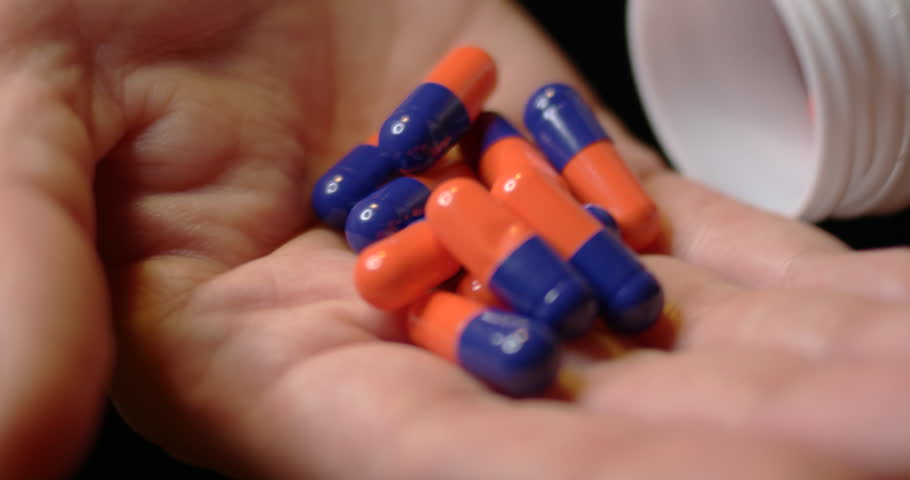Before moving to comparison analysis of generic drugs vs branded medications, first and foremost it is important to understand the very definition of both types of medications.
Generic drugs refer to copies of branded medications and include the exact dosage, prescription use, effects, means of administration, side effects, associated risks, safety precautions, and strength similar to the original medication. In overall, the pharmacological effects match the brand-name products.
For example, one of generic medications for diabetes treatment, is metformin. The brand name of metformin is Glucophage. Take note that brand names are generally capitalized whereby generic names start with a small letter. Likewise, a generic drug to treat hypertension, is metoprolol, whereby its brand name counterpart is Lopressor. There are plenty of different variations when it comes to generic drugs.
Majority of people, when need to make a choice, become very concerned since generic drugs are generally significantly cheaper comparing to the brand-name products. One of the main concerns is regarding the effectiveness and quality, because lower price may mean that less costly products have been used. The FDA (U.S. Food and Drug Administration) requirements state that generic drugs should have same safety and effectiveness as brand-name drugs.
In fact, generic drugs come at lower price due to the fact that the manufacturers have not encountered additional expenses associated with development and marketing of a new medication. When a company offers a new medication to the market, it has already spent a considerable amount of money on research, development, as well promotion and marketing of that particular medication. A patent is granted based on conditions that the developer maintains an exclusive right to sell the drug within patent duration period.
Once the patent approaches expiration date, the manufacturers apply to the FDA to receive a permission to produce and sell generic versions of the same drug. Likewise, other companies are enabled to afford production and sales of that drug a cheaper price and without the start-up costs for drug development. Once several companies start production and sales of that drug, the competition among them increases and may lead to further reduction of price.
Likewise, it is not true that generic drugs are produced by poorer-quality facilities and cannot match the brand-name drugs in terms of quality. The FDA standards are applied equally towards all drug manufacturing facilities, and there are numbers of companies that manufacture both branded and generic drugs at the same time. In fact, based on research data, the FDA estimates around 50% of generic drug production is being done by brand-name companies.
Another common misconception is related to the time required for generic drugs to work. However, the FDA requirements clearly state that generic drugs have to perform as fast and as efficiently as the original brand-name counterparts.
Nevertheless, there are generic versions of specific drugs that vary in colours, flavours, or inactive ingredients combinations comparing to the original drugs. Trademark laws of the United States do not permit the generic meds to have exact look as the brand-name products. However, at the same time the active ingredients are required to remain the same for both meds, in order to ensure that they both have the identical therapeutic effects.
It is a very common observation that patients tend to not follow the directions of medications and end up taking higher or lower doses, as well as skip doses on various occasions. This is quite dangerous and may result in medical conditions to be improperly treated. Hereby, it is very important for you to follow healthcare specialist’s advices for desired effects. Do not hesitate to ask regarding possible interactions with other drugs and potential interactions with meals, supplements, herbs and others. All medications should be administered as per directions to attain the desired therapeutic effect.

